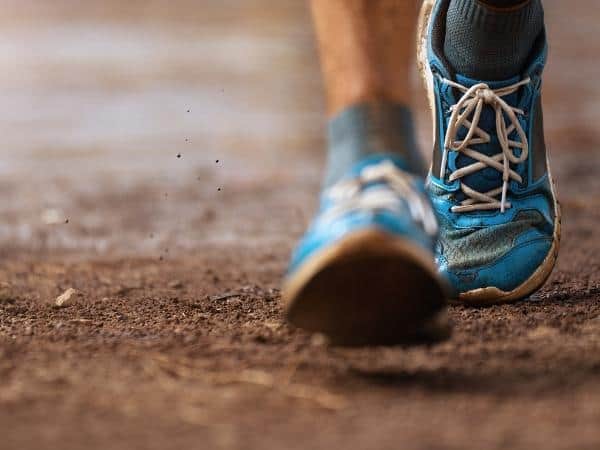How to stay comfortable while you exercise
If you’re trying to start an exercise routine for the first time in your life – or after a long time away from the gym – one of the major problems you’ll need to overcome is that it simply doesn’t feel good!
When your body isn’t toned by exercise already, staying comfortable and working out can mean aching muscles, and lungs wheezing for breath! You might know intellectually that it’s worth the pain, but it’s difficult to find the motivation to stick at it until you feel the benefits!

Today we’re taking a look at how to make exercise more comfortable to make those early days easier on your body.
Staying Hydrated
Exercise puts more demands on your body than you might be used to, enhanced muscle activity and a speeded-up metabolism will raise your core temperature, and your body compensates with perspiration: sweat, which evaporates from the surface of your skin, cooling your body. This makes it easy to become dehydrated while you exercise (especially on a hot day) and this can lead to headaches, aching muscles, stitches and cramps.
The best drinks for dehydration replenish all the nutrients you lose through your sweat as well as the fluids: the salts known as electrolytes. Sports drinks are designed to do this, and rehydration sachets that dissolve in water also rebalance your electrolyte levels for faster rehydration.
The Right Kit
It’s not a great idea to spend lots of money on gym clothes and equipment you may never get the full use of, but it’s well worth investing in a few basic items to put in your gym bag before you start out.
The right shoes can make a huge difference to how exercise feels for you: running shoes or trainers provide support in the specific way you need it while you’re running, are light and will protect your feet while you run. Exercise clothes are designed to wick moisture away from your skin, so you don’t feel sweaty and uncomfortable, even as they keep you cool or warm (depending on the season).
Stretching
The warm-up phase might just be the most important part of your workout. Stretching out the muscles you’ll be working warms them up both literally and figuratively – it prepares them for the greater stresses you’ll be putting them under, and makes it easier for them to stretch and contract without pain and cramping. Your warm-up might consist of a brisk walk before running, or working out the muscle groups with stretches and lunges. Make sure you know exactly how to stay comfortable and prepare your muscles for the routine you’re going to put them through and they’ll reward you!



